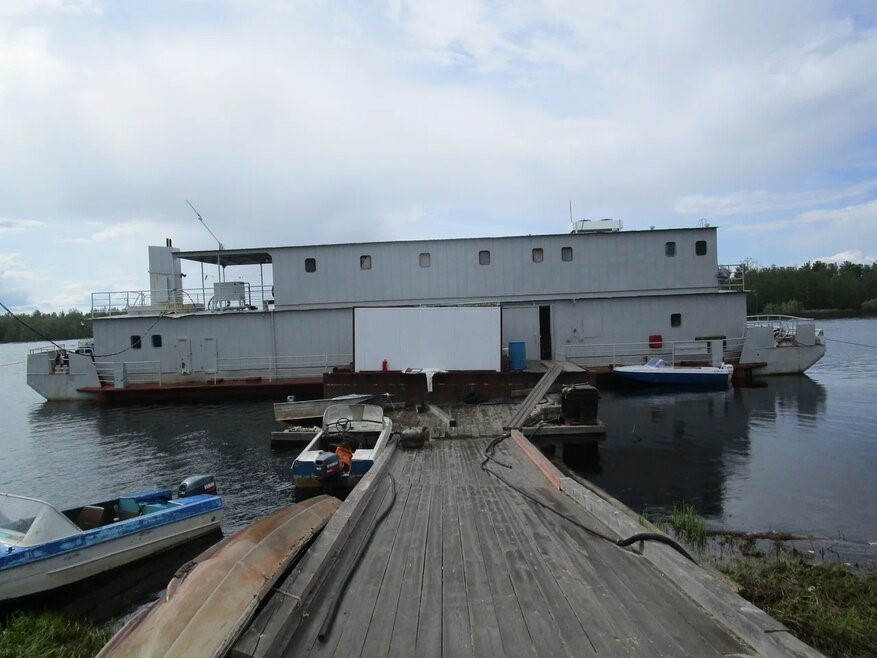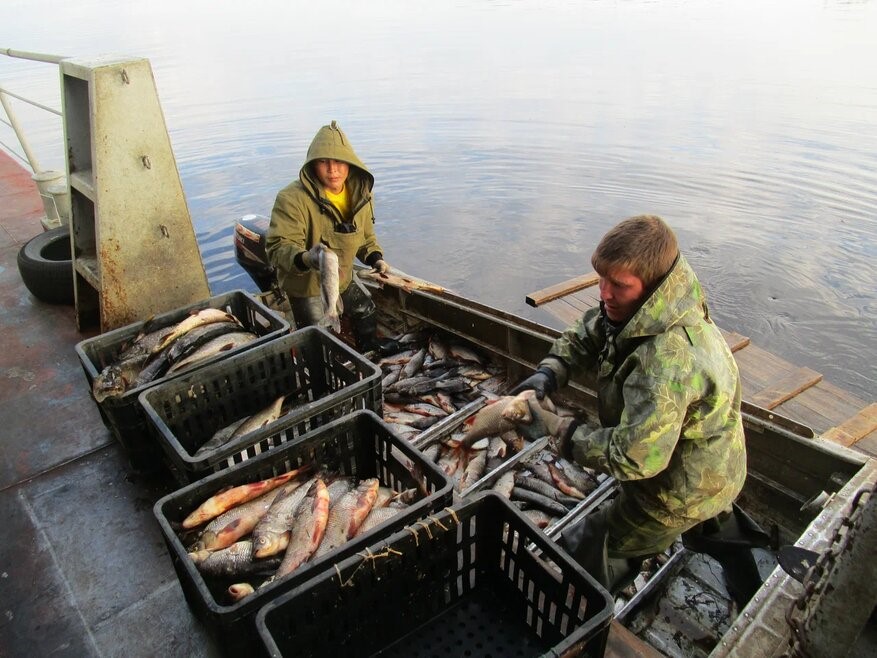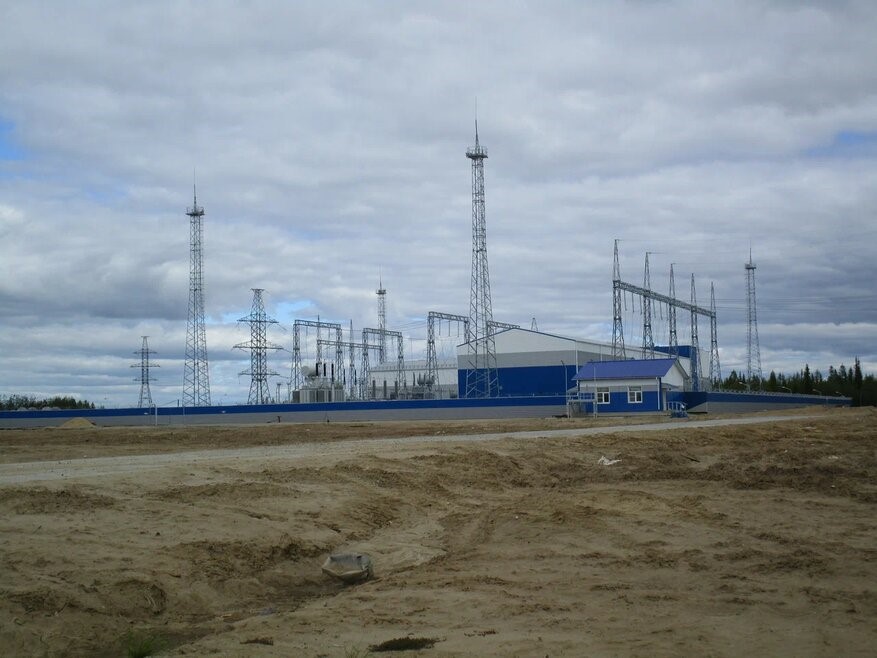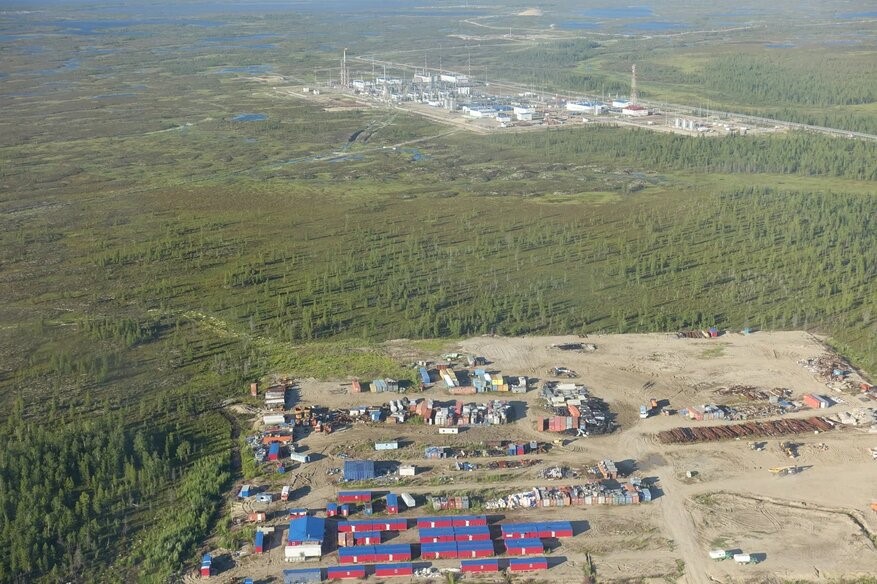|
|
Dr. Stepanova
Senior Research Fellow, Department of Ethnography of Siberia, Museum of Anthropology and Ethnography, Russian Academy of Sciences
|
Selkups. Surrounding Society and the Main Economic Activities
Today, Northern Selkups live in an area dominated by the oil and gas industry. The Pur district has been the trailblazer in developing the oil and gas sector in the Yamal-Nenets autonomous area. Exploration of the significant oil and gas deposits started in 1965 and determined the region’s future development. Exploration of the hydrocarbon deposits led to the building of new cities and villages, highways and railways, oil and gas pipelines, as well as large enterprises that use state-of-the-art technologies to process natural resources.
Currently, the Pur district is among the most rapidly developing ones in the area. Russia’s large oil and gas companies operating there: Gazprom, Rosneft, Novatek, Lukoil, TNK-BP, and their subsidiaries. A forward-looking project was designed to use low-pressure gas to generate cheap power that covers the needs of Yamal and adjacent constituent entities of Russia. In 2005, the first stage of Novatek’s Pur gas condensate processing plant was put into operation.
In terms of transport, the Tyumen – Novy Urengoy railway and Tyumen – Tazovsky highway traverse the district.
The Krasnoselkup district has 12 oil and gas enterprises at 35 sites. Production is now underway at 9 deposits. The following companies’ subsidiaries are the principal mineral developers: Gazprom’s Severneftgazprom and Gazprom Production Noyabrsk; Gazprom Neft’s Gazpromneft-Noyabrskneftgaz; Rosneft’s Kyn-Chaselka Neftegaz and Sibneftegaz, Novatek’s Terneftegaz and Novatek- Tarkosalneftegaz.
The Krasnoselkup district does not have permanent highways. In winter, it has three temporary roads in operation: from Tolka village to the South Kharampur deposit (154 km), the road connecting the villages Tolka and Ratta (184 km), and the road connecting Krasnoselkup and Korotchaevo (132 km). A winter-time road runs through the northern tip of the district from the Vankor deposit to the Korotchaevo- Tazovsky highway (265 km).
In addition to hydrocarbons, the Krasnoselkup district also excavates sand and peat, but in small amounts mostly for the local fuel and energy complex.
Revenues of the FEC enterprises form the budget of the Yamal-Nenets autonomous area used to finance the development of administrative areas, including support for indigenous small-numbered peoples of Siberia. The policy of assisting indigenous peoples is a large social project of the Yamal authorities. Other projects involve offsetting the damage the industry causes to the environment closely connected with the indigenous peoples’ traditional economy. Additionally, industries and district administrations signed agreements aimed to structure the support of indigenous “northerners.” Under the agreements, the Pur district rebuilt several ethnic villages, including the Selkup village of Tolka. Every year, FEC enterprises grant awards and gifts (i.e., snowmobiles, boat engines, diesel power units, chainsaws, TVs, etc.) to indigenous peoples on ethnic holidays such as Reindeer Herder Day and Fisherman Day.
The Vankor oil and gas condensate deposit discovered in 1988 represents the oil and gas complex in the Turukhansk district of the Krasnoyarsk territory. The Vankor hydrocarbon basin is considered to be the largest among the deposits discovered and put into development in Russia in the last 25 years. Under the zoning system, the Vankor deposit is part of the Pur-Tazovsky zone and the Western Siberian geological province. Vankorneft was launched in 2004 to develop the deposit. When the Vankor deposit was discovered, a new historical era started for the Krasnoyarsk territory as its region took a new economic direction and the territory was granted the oil-producing zone status.
Under a long-term agreement between Rosneft and the territorial administration, large funds are earmarked annually for different public and industrial events. As part of its charitable activity, the enterprise supports World War II veterans and widows, as well as the indigenous peoples of Siberia, and funds athletic and cultural events.
At the same time, Vankor deposit’s management directly supports only the nearby village of Sovrechka with 125 residents from among small-numbered indigenous peoples of the North (about 25 of them are Selkups).
The Turukhansk district is a remote Northern district connected to other settlements either by waterways or by air.
Indigenous residents of the Pur (mostly forest Nenets), Krasnoselkup, and Turukhansk districts are mostly reindeer herders, animal farmers, fishermen, and berry-pickers. Pur and Tazovsky fish factories process fish; a lot of their products are transported to Tyumen for selling. The area also specializes in processing reindeer meat and pelts. In addition, reindeer antlers are collected for manufacturing medicines.
Logging in timber-rich areas populated by Northern Selkups is done only for local needs.
The Tomsk region’s economy combines two strategic advantages, namely natural resources and high-skilled industries. Its GRP puts it on the list of the top 3 leaders in the Siberian Federal District. Hydrocarbon production accounts for the largest share in the Tomsk region’s largest GRP followed by processing industries (chemical and petrochemical industries, as well as oil processing), machine engineering, instrument engineering, nuclear industry, the energy sector, pharmaceuticals and metallurgy, transportation and communications, commerce, agriculture, and construction. New economic areas such as nanotechnologies, biotechnologies, and information technologies are also rapidly developing.
The Tomsk region is particularly rich in forests with timber reserves of 2.8 bn. cu m. The local timber industry demonstrates annual growth. The region manufactures 30 types of wood commodities sold domestically and exported to 19 countries.
Rich forests allow the population to harvest Siberian pine nuts, mushrooms, berries, and medicinal herbs. Wild harvests (particularly Siberian pine nuts) as well as hunting and fishing are the primary traditional occupations of Tomsk Selkups.
Indigenous small-numbered peoples in the Tomsk region and in the Turukhansk district of the Krasnoyarsk territory do not have such strong governmental support as they do in the Yamal-Nenets autonomous area. There are no agricultural enterprises launched specifically for them to engage in their traditional occupations. While the “Russianized” Tomsk Selkups have a choice of occupations on par with Russians, Turukhansk Selkups with engaged in traditional occupations are in need of a fishery or a fish processing enterprise. Indigenous small-numbered peoples of the North who live in these areas have been granted larger fishing and hunting quotas, as well as the right to establish family-based manufacturing enterprises. There is also an option of applying for regional and federal grants. Today, the Tomsk region has nine such enterprises founded by indigenous small-numbered peoples of the North including Selkup familial communities “The Dawn,” “The Taiga,” and “The Wild Harvest.”
































































